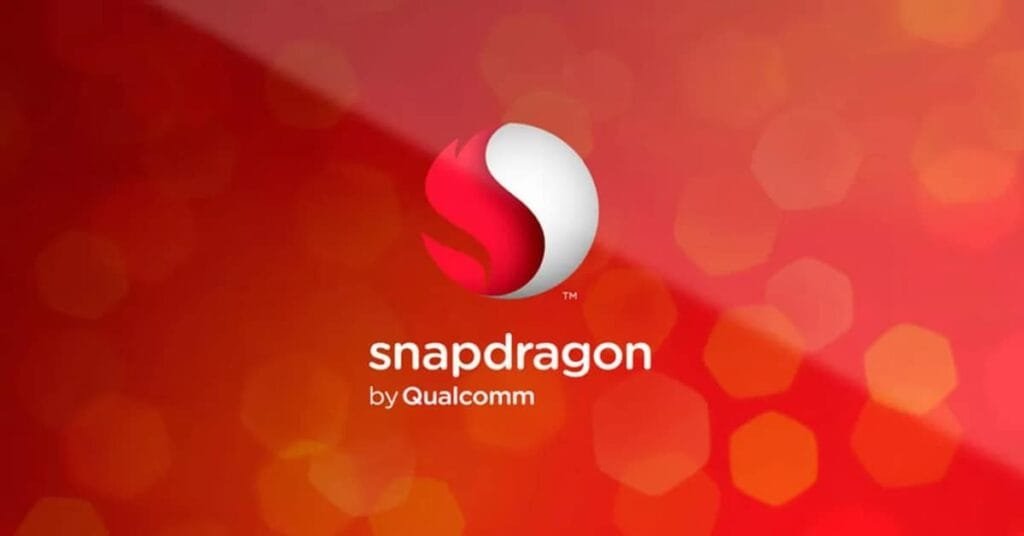The Ultimate Guide to the World’s Most Popular Mobile OS
Welcome to the dynamic universe of Android, where innovation blends seamlessly with creativity and practicality! Whether you’re a tech enthusiast, an everyday smartphone user, or an aspiring developer, diving into the world of Android can be both exciting and rewarding. In this guide, we’ll explore topics like Android’s core features, customization options, app development basics, and tips for maximizing your device’s potential. So, let’s get started on this insightful journey through one of the most versatile operating systems today!
What Is Android?
Android is a mobile operating system developed by Google, which has rapidly become the most popular OS on the planet. Launched in 2008, Android is based on the Linux kernel and designed primarily for touchscreen devices, including smartphones, tablets, smartwatches, TVs, and even cars! What sets Android apart is its open-source nature, which allows manufacturers to modify the software to better suit their hardware and developers to create innovative applications tailored to user needs. This openness not only fosters endless innovation and creativity but also provides users with a diverse range of affordable and feature-rich device options, making Android a highly versatile platform for all.
The Power of Customization
One of the standout features of Android is the sheer level of customization it offers. Unlike its main competitor, iOS, which limits customization to mainly app icons, wallpapers, and some widgets, Android allows manufacturers and users to tweak almost every aspect of their experience. For example, users can completely change their device’s look with third-party launcher themes such as Nova Launcher or customize widget functionality with apps like KWGT. Android has also opened the door for countless third-party apps, such as Tasker for advanced automation or SwiftKey for personalized keyboards, enabling users to enhance functionality, aesthetics, or increase productivity in ways iOS cannot match.
Custom ROMs and Rooting
For those who crave even further customization, the world of custom ROMs awaits! Enthusiasts can delve into the bravely adventurous method of rooting, giving them superuser access to their Android devices. This means users can install custom firmware, apply unique mods, or even upgrade to newer Android versions before they hit the mainstream population. However, rooting comes with its risks, such as voiding warranties or exposing devices to security vulnerabilities. Despite these potential downsides, it can open up a treasure trove of features and functionalities.
The Evolution of Android
From its humble beginnings, Android has come a long way, evolving through numerous versions and updates. Google sticks to a naming convention where each version is associated with a dessert or sweet treat, creating a delightful nomenclature that has captivated users’ imaginations.
- Android Cupcake (1.5) – Introduced the on-screen keyboard and widgets.
- Android Donut (1.6) – Brought support for different screen sizes and resolutions.
- Android Eclair (2.0 – 2.1) – Added customization options and improved the Google Maps experience.
- Android Froyo (2.2) – Introduced performance improvements and push notifications.
- Android Gingerbread (2.3) – Enhanced user interface and introduced new gaming features.
- Android Honeycomb (3.0) – The first version designed specifically for tablets.
- Android Ice Cream Sandwich (4.0) – Unified the phone and tablet versions into a single platform.
- Android Jelly Bean (4.1 – 4.3) – Introduced Google Now and Project Butter for a smoother experience.
- Android KitKat (4.4) – Aiming for performance on lower-end devices and introducing the “Ok Google” voice command.
- Android Lollipop (5.0) – A significant design overhaul with Material Design principles.
- Android Marshmallow (6.0) – Introduced app permissions for enhanced control.
- Android Nougat (7.0) – Split-screen multitasking and improved notifications.
- Android Oreo (8.0) – Focused on battery optimization and picture-in-picture mode.
- Android Pie (9.0) – Introduced gesture navigation and Digital Wellbeing features.
- Android 10 – Dropped the dessert naming scheme completely, introducing dark mode and improved privacy controls.
- Android 11 – Expanded messaging capabilities and introduced Bubbles for multitasking.
- Android 12 – Introduced Material You, allowing extensive theme and personalization options.
- Android 13 – Enriched user controls and app integrations.
With Android 14 now more widely adopted, we see a focus on smart device interconnectivity, refined performance, and an even more user-centric approach to privacy.
The Fantastic Ecosystem of Apps
If there’s one thing that has contributed to Android’s astronomical success, it’s the Google Play Store! Housing millions of apps, this digital treasure trove allows users to find that perfect application for any task imaginable. From productivity apps like Trello and Todoist, gaming wonders like PUBG and Among Us, to creativity enhancement through tools such as Canva and Adobe Spark, the possibilities are limitless.
For developers, the Android ecosystem is equally enticing. With Android Studio, Google’s official integrated development environment (IDE), developers can create, test, and publish applications with ease. The community of developers is vast and supportive, providing a myriad of resources, tutorials, and forums dedicated to helping each other thrive.
The Rise of Smartphones
The impact of Android cannot be overstated with regards to smartphones. From the iconic Google Pixel series and the technologically advanced Samsung Galaxy lineup to the budget-friendly models from brands like OnePlus and Xiaomi, Android has facilitated a diverse global smartphone industry.
A Platform for Smart Devices
Beyond smartphones, Android has permeated into many sectors through Android TV, Android Auto, and wearables like Wear OS. Android is continually transforming how we interact with our homes, our cars, and even our health through smart wearables. Imagine commanding your lights, entertainment systems, and even your refrigerator! With Android, that dream is already a reality!
Future of Android
With Google continuously innovating, the future of Android looks incredibly promising. As the world is heading towards an increasingly interconnected environment filled with IoT devices, we can expect Android to play a central role in shaping this landscape. Upgrades focusing on AI and machine learning are anticipated, reflecting how we interact with our devices, making them more intuitive than ever.
Let’s not forget about Android’s commitment to privacy and security. With every new iteration, Google has worked hard to ensure that users feel safe and empowered regarding their data. This emphasis on security will undoubtedly continue, allowing Android users to explore the digital world with confidence.
Join the Android Revolution!
Now that you know everything there is to know about Android, why not dive in? Whether you’re looking to customize your phone, develop groundbreaking apps, or simply enjoy the phenomenal products and services backed by this systems, the opportunities are vast!
Are you a smartphone enthusiast eager to discover the latest features? An aspiring developer ready to create the next viral app? Or a casual user seeking ways to maximize the potential of your device? Android welcomes you all with open arms, ready to fuel your passion and creativity.
Remember, Android is not just a mobile operating system; it’s a dynamic ecosystem that enriches lives in countless ways. So, explore, innovate, and experience the limitless possibilities of the Android world!
Happy exploring, and welcome to your new favorite mobile experience! 🍭📱✨


